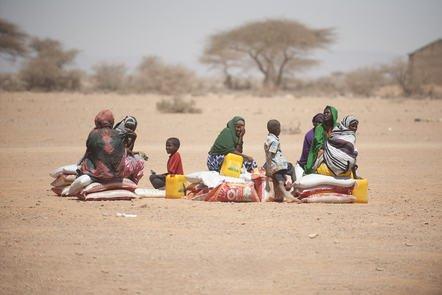MOOC List is learner-supported. When you buy through links on our site, we may earn an affiliate commission.

MOOC List is learner-supported. When you buy through links on our site, we may earn an affiliate commission.
You’ll look at sustainability in the supply chain and field operations of a humanitarian organisation, covering the three dimensions of sustainable development: economic efficiency, social equity and environmental preservation.
Ultimately, you’ll learn how to design and implement a sustainability strategy; at project, programme and organisational level.
What topics will you cover?
Week 1: What is sustainable development in a humanitarian context?
Week 2. Sustainability in the supply chain: a life-cycle perspective
Week 3. Sustainability in field operations
Week 4: Setting up a sustainability programme
Learning on this course
You can take this self-guided course and learn at your own pace. On every step of the course you can meet other learners, share your ideas and join in with active discussions in the comments.
What will you achieve?
By the end of the course, you‘ll be able to...
- Explain what sustainable development is and its relevance to humanitarian action
- Reflect on the importance of incorporating sustainability in a humanitarian organization
- Describe the stages of the life-cycle assessment and the role each stage has in reducing the environmental footprint of humanitarian activities
- Identify potential environmental and social risks associated with the procurement and logistics activities of a humanitarian organization
- Identify challenges associated with implementing sustainability initiatives in a humanitarian context
- Identify good practices of sustainability initiatives carried out to improve water, waste and energy management in the field
- Explain how to develop a sustainability strategy and list its key elements
- Identify what factors lead to the successful incorporation of a sustainability strategy in a humanitarian organization
- Develop a sustainability development strategy to mitigate main environmental risks linked to the core activities of a company or organization
- Describe the impacts of climate change on humanitarian work and affected populations
Who is the course for?
This course would suit staff and volunteers working in the humanitarian sector, particularly in the International Red Cross and Red Crescent Movement. It’d also be of use to individuals operating in developing countries that have weak State capacity. It may also interest those who want to see how sustainability can be applied to humanitarian action.
MOOC List is learner-supported. When you buy through links on our site, we may earn an affiliate commission.
MOOC List is learner-supported. When you buy through links on our site, we may earn an affiliate commission.
